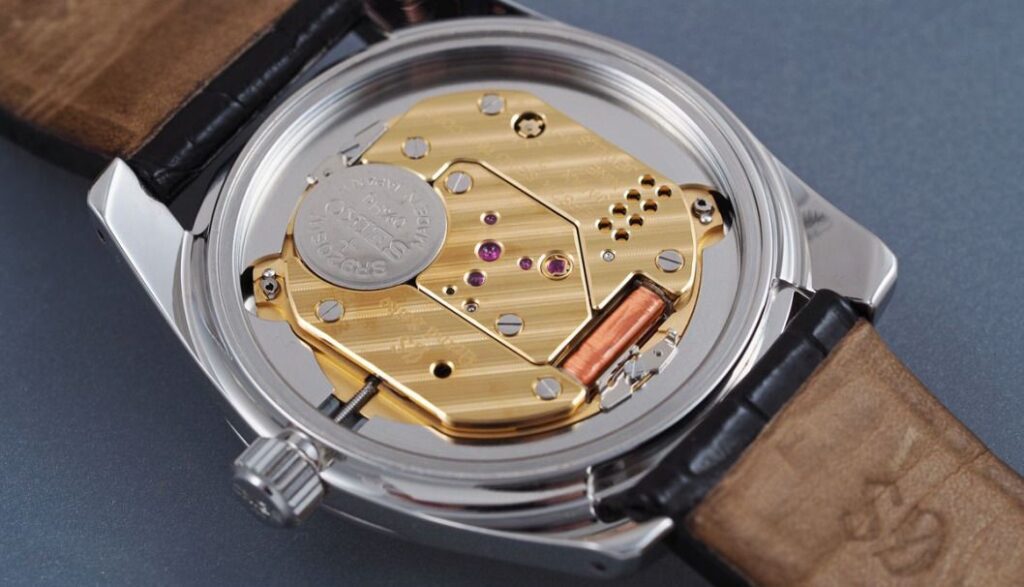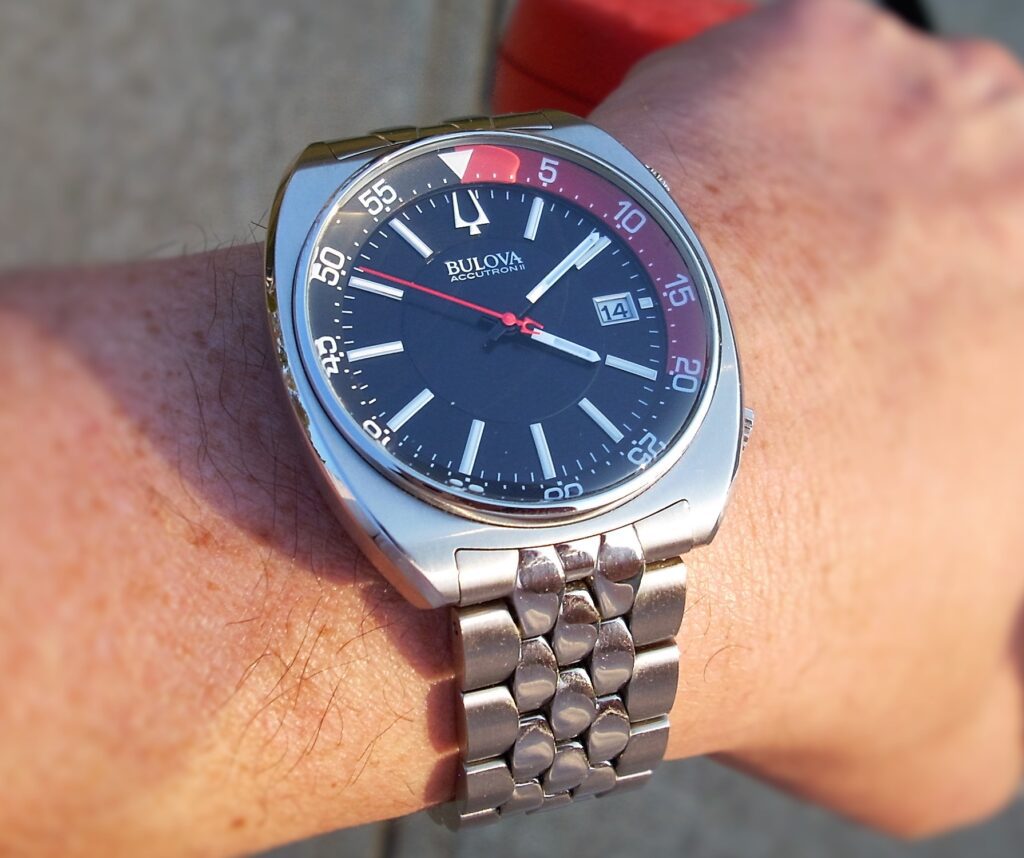What is Thermocompensated Quartz?

A recent announcement from Citizen boasting the world’s most accurate autonomously-powered wristwatch has been rocking the horological world for some months now. Citizen’s Calibre 0100 watch movement has achieved a pretty accurate feat—without atomic time it only gains or loses one second a year. Before this, Citizen held the same title for their Chronomaster Eco-Drive wristwatch. That particular time teller was accurate down to plus-or-minus five seconds per year. Reaching insane levels of accuracy, many of Citizen’s competitors including Longines and Seiko managed to achieve similar precision. But how do these companies achieve this accuracy in timekeeping? The answer is in their uniquely designed thermocompensated quartz movements.
How It
Functions
As one may or may not know, the piezoelectric (or pressure-driven electricity) power of quartz watches is what keeps them running. The regular oscillations (or vibrations) of the quartz crystals in battery watches are what already give them a higher level of accuracy compared to mechanical watches. Every quartz crystal in a watch consistently oscillates 32,768 times every second. Like the escape lever of a mechanical watch, the electronics of a quartz movement unlock the power generated by a quartz crystal—causing regular ticks. The relationship of all of these parts can be affected by variations in ambient temperature. Although this has spawned suggestions from quartz manufacturers to keep a watch on for up to 12 hours a day—to keep the quartz crystal at a regular-ish temperature—thermocompensating cuts on quartz crystals can/do reduce temperature fluctuations in the watch. Essentially, the way the crystal is cut and oriented inside of the movement can cancel out the wear-and-tear of temperature changes. This is nothing new to a lot of folks who manufacture electronics, generally. However, quartz wristwatches typically have tuning-fork cut shaped crystals. This has worked well to carry a tradition in electronic watches, generally, that’s tried and true for general mass production.

Thermocompensating cuts on crystals on the other hand, though they take a bit more precision cutting to manufacture, keep the oscillating crystal in better overall harmony with a quartz wristwatch’s circuitry. By balancing thermodynamic pressure, the electric signals inside of the watch do not wear as easily due to outside temperature variations. The most effective of these cuts is the AT-cut on quartz watches. These cuts aren’t new per-se to electronic mechanism but appear to be a pretty recent phenomenon in wristwatch manufacturer—especially within HAQ (High Accuracy Quartz) movements.
HAQ Boasting the highest grades of accuracy—powered by thermocompensated quartz movements—are the world’s HAQ watches. Their accuracy ranges from plus-or-minus 15 seconds per year (which is already pretty amazing) all the way down to plus-or-minus one second per year—once Citizen releases its Calibre 0100 to the public. Though the majority of these watches are coming from Japanese manufacturers, luxury Swiss brands are also coming into the ring with some HAQ heavy hitters. With so many autonomously accurate (meaning without atomic time) watches hitting the market, we hope to highlight more of these pieces as we continue to post on the subject of thermocompensated design-work in watchmaking.
Times Ticking has been in operation for more than 30 years, since 1982. We have performed watch repair for customers both locally and internationally. If it Ticks! We KNOW it! Our team of watch repair technicians have a combined experience in watchmaking of over 120 years.

